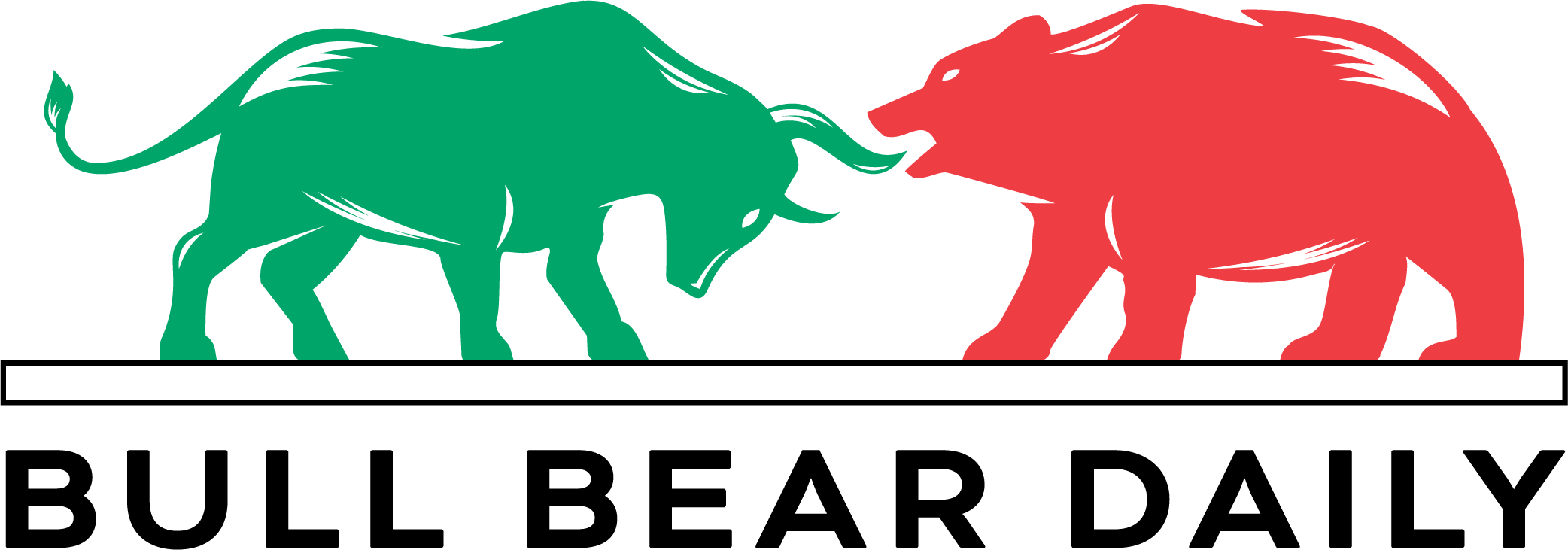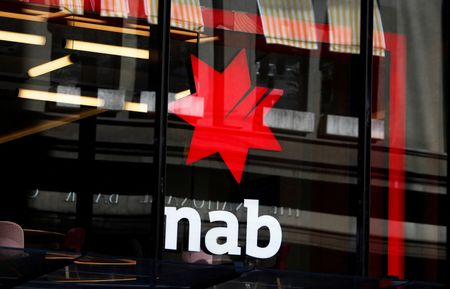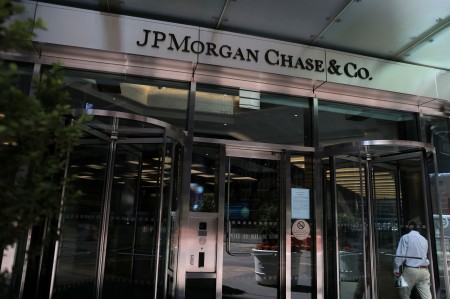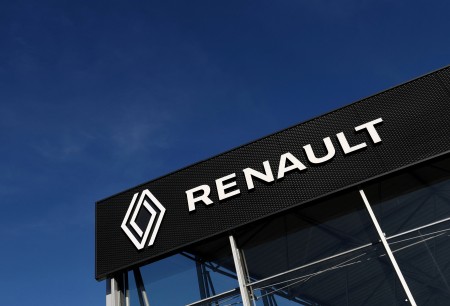By Archishma Iyer and Praveen Menon
(Reuters) -National Australia Bank shares surged on Wednesday to their highest in about nine years after the bank’s first-quarter cash profit beat market estimates, and the lender said it remains optimistic about Australia’s economy.
The country’s top business lender said income from its markets and treasury portfolio drove revenue higher by about 1% for the quarter.
Shares of the Melbourne-based lender closed up 0.4% at A$33.610, its highest close since May 2017.
Chief Executive Officer Ross McEwan said in a statement the results reflected a “continued disciplined approach to growth during what remained a highly competitive period”.
Australia’s second-biggest bank by market valuation however posted a 16.9% slump in cash earnings due to higher cost pressures, deposit costs and competitive lending, which in turn impacted margins.
NAB posted cash earnings of A$1.80 billion ($1.2 billion) for the quarter ended Dec. 31, 4% ahead of a Visible Alpha estimate, according to Citi. It had earned A$2.15 billion in the prior corresponding period.
Outgoing CEO Ross McEwan said that while Australia’s economic growth had slowed, the economy was resilient and the majority of NAB’s customers were faring well.
“We continue to be optimistic about the outlook and our bank is in good shape as Andrew Irvine transitions to CEO over coming months,” he said in a statement.
Irvine takes over as CEO in April.
Jefferies analyst Matthew Wilson said in a note that NAB’s near-term earnings progression is tempered by increased competition, rapid rate rises and a deteriorating macro setting.
“As the leading business bank, NAB’s credit risk closely reflects the composition of the Australian and New Zealand economies,” he said.
Australia’s biggest lender, Commonwealth Bank of Australia, warned of downside economic risks building in the country as it posted a drop in profits earlier this month.
NAB’s first-quarter revenue excluding the bank’s markets and treasury income was broadly flat against the quarterly average in the second half of the previous fiscal year. This led to a marginal decrease in its net interest margin – a key measure of profitability for banks.
“The markets beat offset higher than expected costs in the half (+2% on 2H23 quarterly average), but we note that NAB has a history of 1Q cost surprises which tend to be countered through the year,” Citibank analyst Brendan Sproules said in a note.
Persistently elevated interest rates boosted the profits of major Australian lenders over the last year. However, runaway inflation and high interest rates have started to dent borrowing capacity and pressure credit growth.
NAB’s common equity tier 1 ratio, a closely watched measure of its spare cash, stood at 12.0% as of December-end, compared with 12.22% at the end of September.
($1 = 1.5265 Australian dollars)
(Reporting by Archishma Iyer and Echha Jain in Bengaluru; Editing by Matthew Lewis and Stephen Coates)



